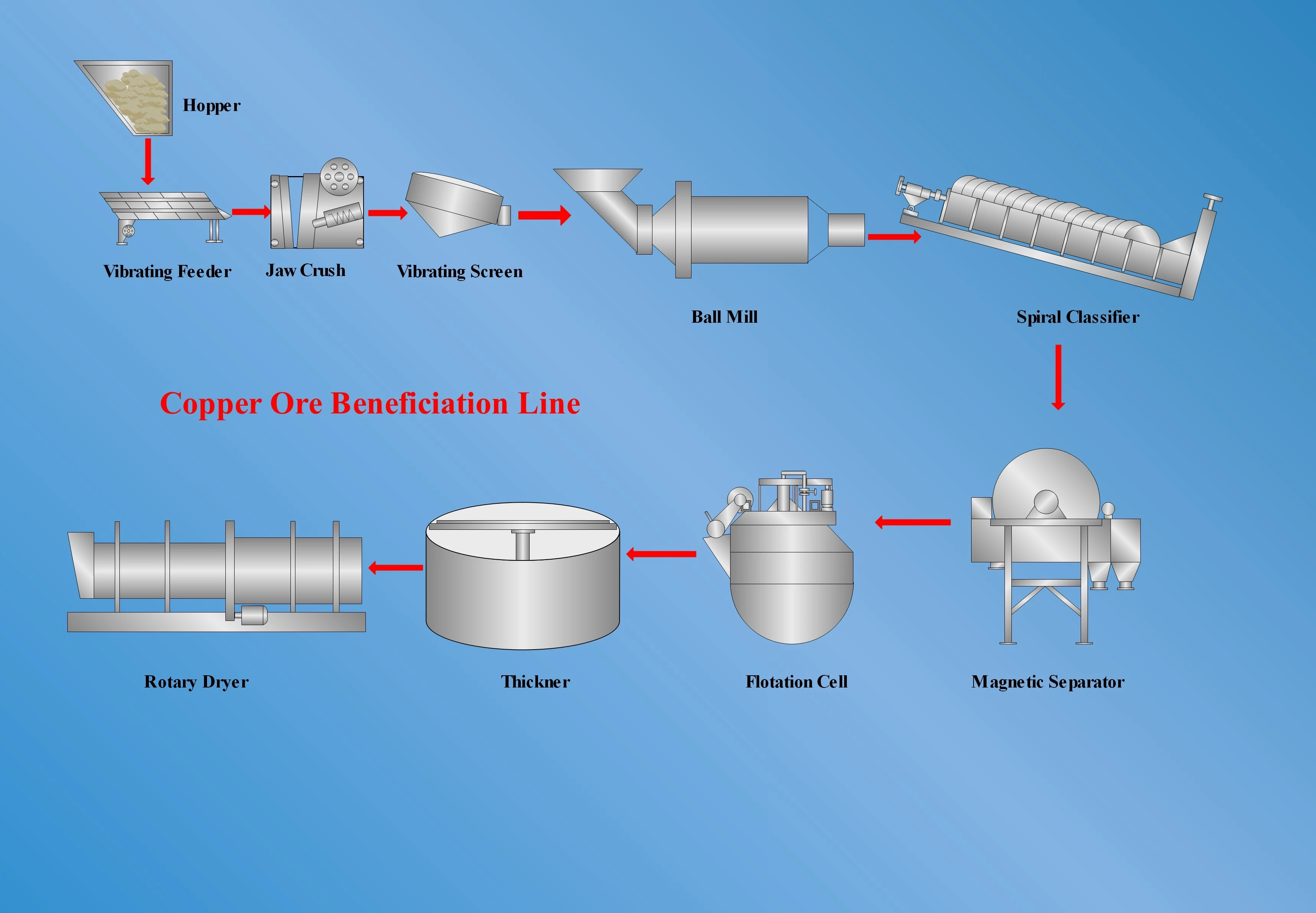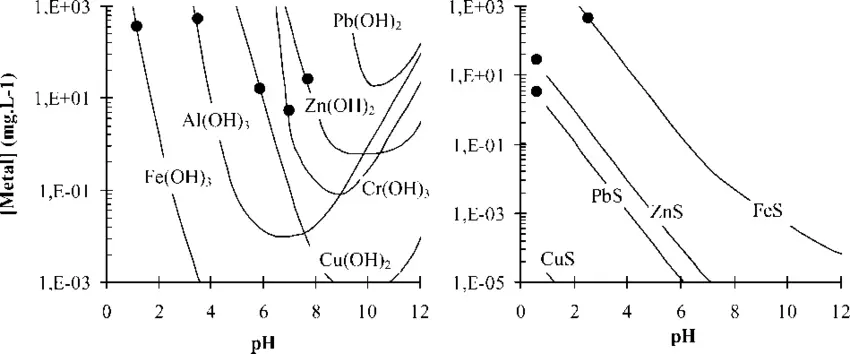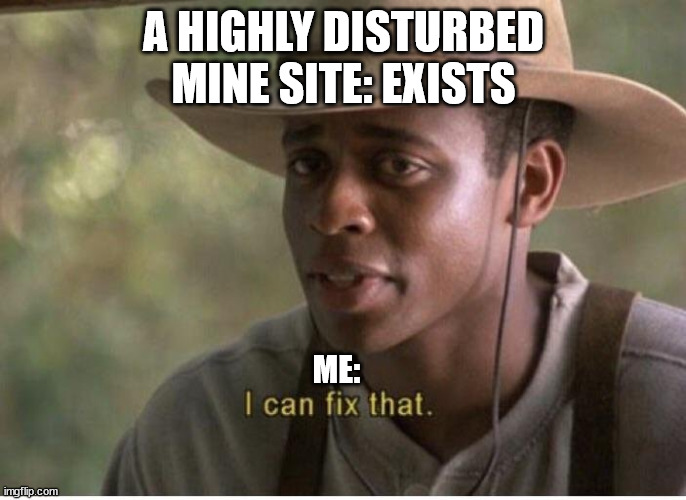I saw an article the other day slamming the use of end pit lakes in mining. I think it's relatively easy to have a strong opinion an aspect of mining like this, and mining in general.
My personal opinion is that mining is primarily a necessary evil. It has vast capacity to royally fuck up a landscape for a very long time, but it also has the ability to provide us with metals and materials we need.
In this vein, I don't much care for mining of materials that don't support industrial uses or the green transition (e.g., diamonds). I also don't think mining is going anywhere soon. It's about as old as humanity, with some mines dating to 20,000 BCE.
My viewpoint aligns pretty well with the ICMM which aims to allow sustainable mining, through careful planning.
Anyway, My point is not to debate the merits or risks of mining.
I want to talk a bit about why pits are used for tailings and other mine wastes, and the engineering and planning that goes into them.
General
As we know, mining entails the removal of rock that contains minerals or metals of interest. In the case of metals, exploratory drilling will identify areas/veins of ore. The ore is a mix of local rock and the metal of interest. There are cut-off grades, where below a certain concentration, it's not feasible to mine, but I won't get into that. I'm going to primarily focus on metal mining, since that's my strength.
Anyway, since metals are contained with in the rock, the rock must be crushed and milled (e.g., leached with chemicals, and the solution precipitated to get condensate). Here's a really simplified diagram 
This process results in the condensate, and a by-product slurry called tailings, which comprises of extra chemicals, water, and the crushed rock. In addition, to get to the ore rock, waste rock (ore rock below cut-off grade) is cast to the side as spoil in huge stockpiles millions of tons in size.
Geochemistry
The issue, however, is that sulphur or other metals often occur with the ore rock. For instance, it's common for a copper mine to also produce gold or molybdenum, or for zinc mines to produce lead as well.
If the ore rock is high in sulphur (commonly in the form of pyrite), when it is exposed to air it weathers to produce sulphuric acid, which rapidly lowers pH in the immediate vicinity, and can really cause a pile of trouble with water. Tailings, since they're just crushed ore rock, and the waste rock that was moved out of the way to get to the ore are common sources of potentially acid generating (PAG). Not all rock is acid generating (called NAG - non-acid generating). Further, metals can leach from rock on their own, but it's more common with the lower pHs associated with PAG.

So really, the issue is exposing rock that was once in anoxic conditions to oxygen. That's where a lot of the problems start.
Water
Another thing to note (briefly) is that any water that hits the mine disturbance footprint is considered 'contact water' and generally must be managed, treated, and released, regardless of its water quality values (e.g., it could be below environmental guidelines, but since we can't easily distinguish, and water quality can change rapidly, we blanket treat everything).
So how do we put a bunch of material on the surface in anoxic conditions?
Well, we have this pit, right over here, where we just dug it out of... and we have a bunch of water that we'd have to treat, which is expensive...
I bet you can see where this is going.
Pit Lakes
To deal with contact water and to prevent metal-leaching/acid rock drainage (collectively; ML/ARD), companies deposit tailings, waste rock, or other ML/ARD material into the pit and cover it with water.
A lot of thinking goes into this. Geological and Hydrogeological studies are conducted, to determine contact water will make its way into the ground water.
Water balance models are created, under several different climate scenarios and projections on the pit lake water elevation (level) are given to mine closure planners and regulators.Water balance modelling aims to ensure that the wastes stay covered no matter what.
Water quality modeling is also conducted, as sometimes specific contaminants can be bioremeidated, or remeidated in the pit itself using chemicals to improve water quality and mitigate risk.
further, human health risk assessments (HHERAs) and environmental risk assessments (ERAs) are a key component for successful mine closures.
What about tailings ponds?
Another way to manage tailings is though a tailings pond (Tailings Storage Facilities - TSFs). These are designed to prevent ML/ARD issues during operations. during active closure and reclamation, they are dewatered (usually though evaporation or other water mgt. means) capped with an impermeable layer (to reduce oxygen infiltration through gas exchange or dissolved oxygen in water) and revegetated.
Some tailings are really fine, and really wet, so they pose very large post-closure geotechincal issues for the TSF. There's a lot of research going on around dry-stacking or paste-stacking tailings. This is essentially changing the milling process to create tailings that are more geotechnically stable, and then capping them with a similar impermable layer and placing coversoil on them and revegating them.
Why are you telling me all this?
The point that I'm trying to make is that there's a lot of thinking that goes into the lifecycle of most mines, particularly in the developed world. Developing world mining and artisinal mining can be abhorent. However, if careful planning is done, then things are less hairy.

